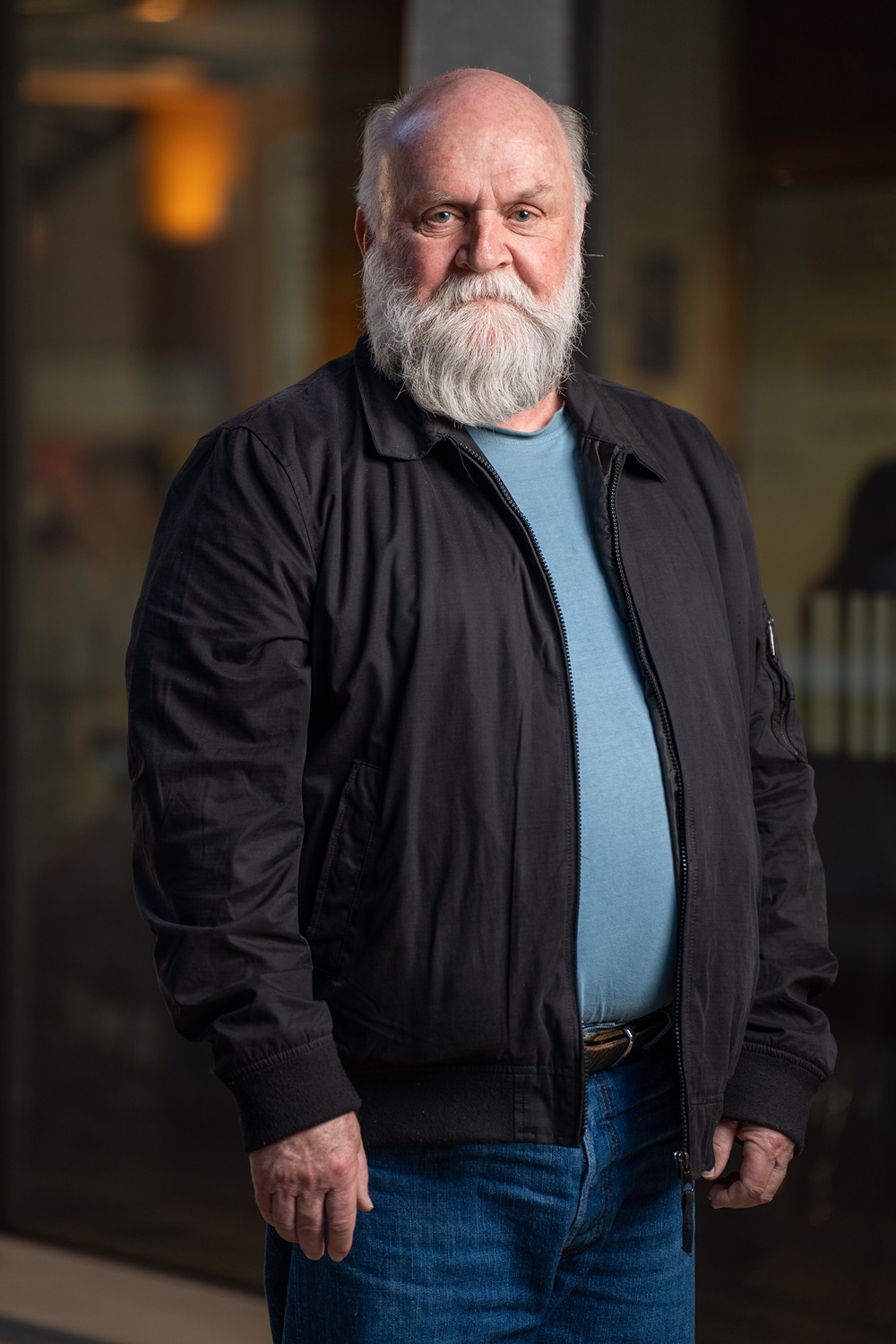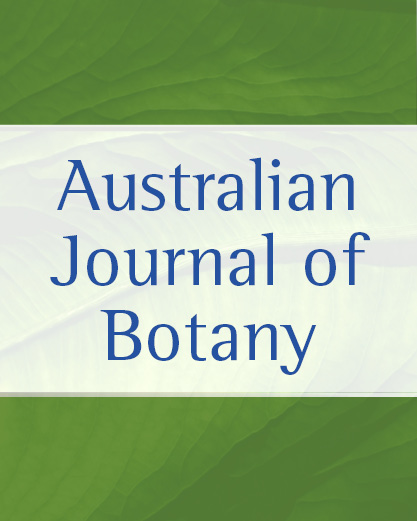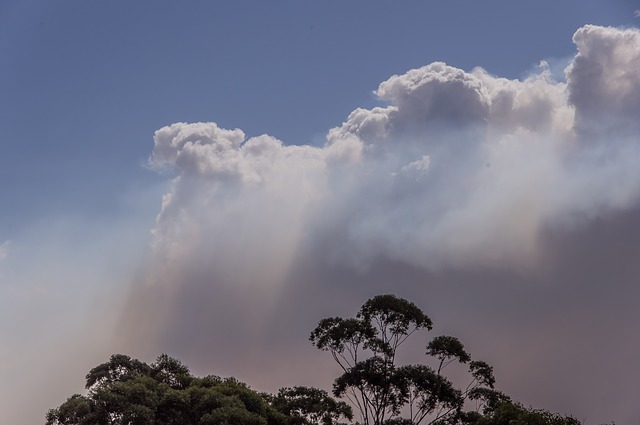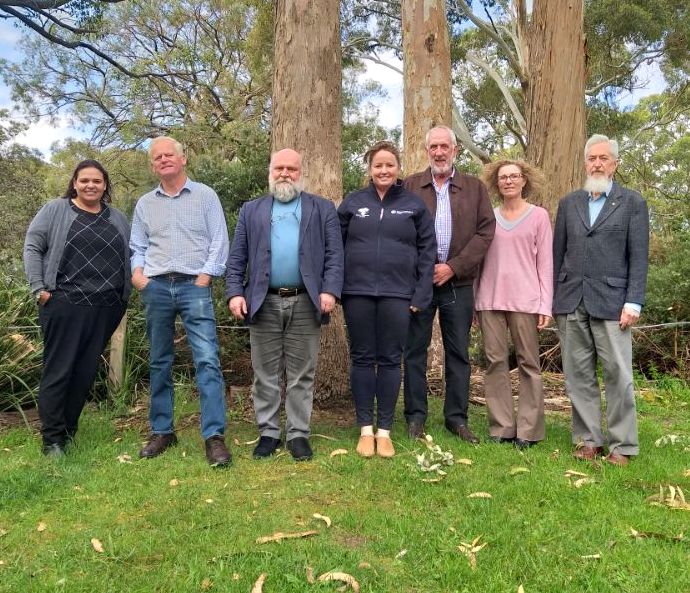The taskforce will provide independent advice on the coordination of activities to benefit South Australia’s wildlife and habitat recovery effort.
Professor Bob Hill, University of Adelaide has joined the Wildlife and Habitat Recovery Taskforce and will bring a wealth of knowledge with his palaeobotany background and particularly, deep interest in Australian botany.
Professor Hill visited Kangaroo Island after the early 2020 Kangaroo Island fires finished and said ‘the intensity was such that it is not yet clear whether some plant species will ever return to much of the land.’
‘The most devastating fire site was Flinders Chase National Park, where the vegetation was burnt almost totally, on a terrible scale. While the mallee eucalypts and the Xanthorrhoea plants have largely survived, due to their remarkable capacity to survive the fire and resprout vegetatively, many other species that rely on their seed germinating after the fire have a less certain future.’ he remarked.
Dr Sussanah Eliot, Australian Science Media Centre and Environment Institute Board Member, will also join Professor Hill on the taskforce.
The taskforce will focus on providing important strategic oversight and coordination for the recovery of South Australia’s natural environment after the bushfires. Members include:
- Dr Felicity-ann Lewis, former mayor of the City of Marion and SA’s 2014 Australian of the Year
- Craig Wilkins, CE of the Conservation Council of SA
- Parry Agius, Managing Director of Linking Futures
- Joanne Davidson, Research and Policy Manager at South Australian Tourism Commission
- Professor Bob Hill, University of Adelaide, Director of Environment Institute
- Joe Keynes, President of Livestock SA
- Dr Sussanah Eliot, CEO of Australian Science Media Centre
- Paul Stevenson, CEO of RSPCA-SA
- Wendy Campana, former CEO of the Local Government Association SA and Kangaroo Island Commissioner
The crucial team will oversee on-ground assessments and planning works, moving/relocating native animals to safer habitat, feral animal control, as well as support partner organisations.
The Department for Environment and Water is adapting recovery works to COVID-19 social distancing measures for the health and safety of staff and volunteers – as this work is essential.
Wildlife and Habitat Recovery Taskforce Chair Dr Felicity-ann Lewis said the Taskforce is currently helping the department develop a Wildlife and Habitat Bushfire Recovery Strategy.
“We will ensure a coordinated approach across all levels of government and non-government organisations to deliver the best result for South Australia’s native plant and animal recovery,” said Dr Lewis.
“Taskforce members were selected to provide a broad cross section of experience and backgrounds along with an ability to work across multiple sectors to add value to our recovery efforts across the state.”
The taskforce is holding regular teleconference meetings and is developing a priority plan to support South Australia’s wildlife and habitat recovery.
Article adapted from SA Environment and Water.









